#Louis Sullivan
Explore tagged Tumblr posts
Text

Scott and company building in Chicago by John roe Luna and Louis Sullivan 1899-1903
2K notes
·
View notes
Text

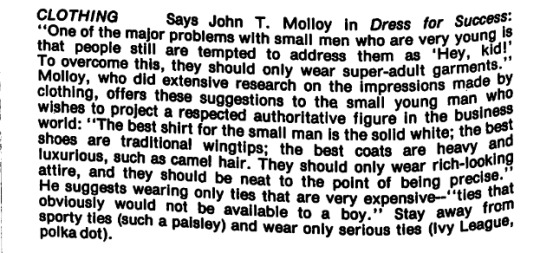
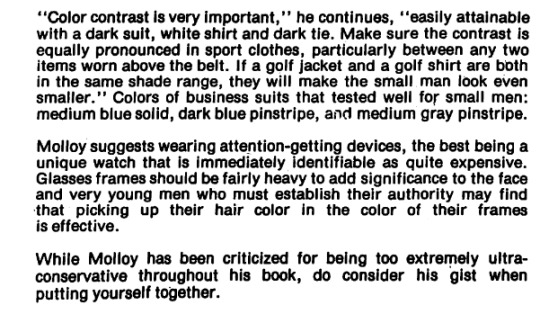

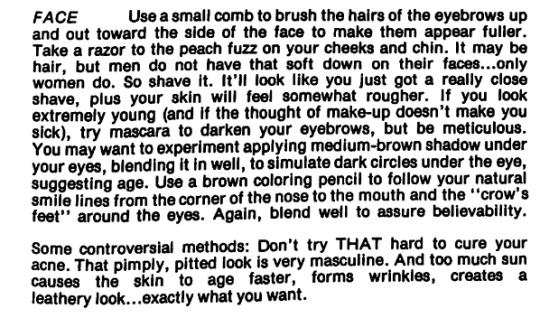
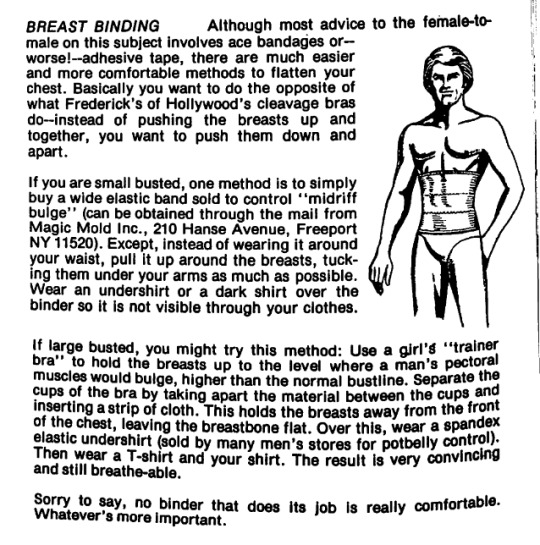
Information for the Female-to-Male Crossdresser and Transsexual by Louis G. Sullivan, 1985
(PDF - Digital Transgender Archive)
#trans#transgender#transsexual#ftm#female to male#transmasc#transman#transmale#drag king#cross dressing#digital transgender archive#louis sullivan#pride#trans history
175 notes
·
View notes
Photo

Richard Forster Louis Sullivan decoration @ East Madison Street, Chicago, 2016-2018 Pencil and acrylic on Bristol board 28.5 x 20 cm (paper size) 11 1/4 x 7 7/8 in
#art#architecture#richard forster#louis sullivan#decoration#east madison street#chicago#pencil#acrylic#bristol board#paper#black and grey#u
89 notes
·
View notes
Text
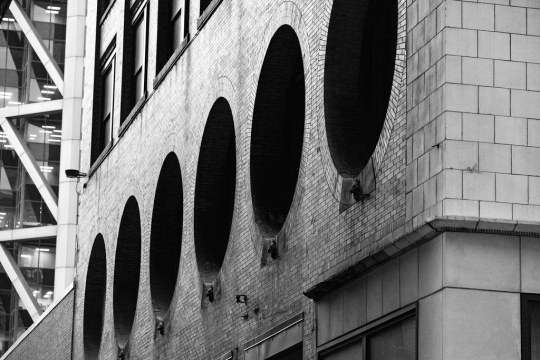
Union Trust Building
St Louis
Originally these round windows were featured on the front of the building as well, but they were replaced in the mid-20th century with square windows during a renovation. But the original round windows remain on the side of the building in an alley to the west.
#architecture#stlouis#saintlouis#missouri#building#city#cityscape#urban#street#photography#photographersontumblr#original#photographers#fuji#fujixt5#fujifilm#fujixseries#fujix#bw#blackandwhite#monochrome#louis sullivan
46 notes
·
View notes
Text
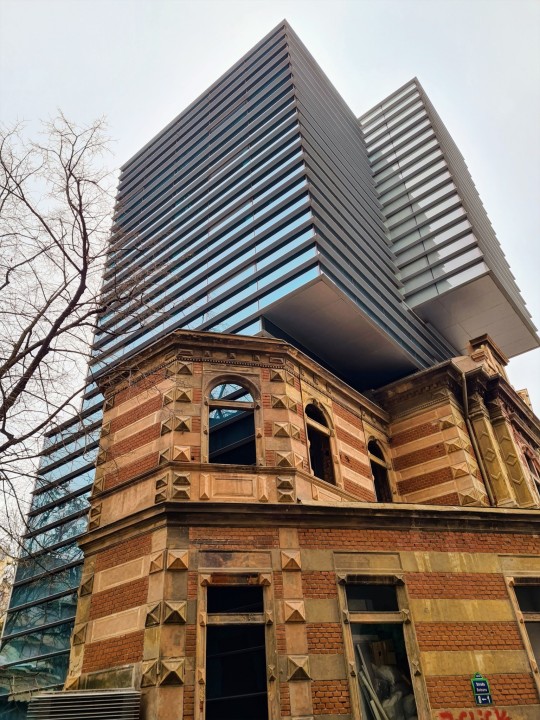
Every building is like a person. Single and unrepeatable.
-- Louis Sullivan
(Bucharest, Romania)
#architecture#buildings#louis sullivan#travel photography#Bucharest#Romania#quote#street photography#cityscape#contrast#contrasts
134 notes
·
View notes
Text
Getty Tomb, Graceland Cemetery
Carrie Eliza Getty Tomb
Graceland Cemetery, Chicago IL
1890
Louis H. Sullivan, architect
by Roger Jones, August 2024
My photos from 8-3-2024:








Henry Harrison Getty commissioned this tomb for his late wife, Carrie Eliza Anderson Getty, in 1890. He engaged the firm of Adler and Sullivan for its design, admiring both Louis Sullivan's local buildings and his design for the tomb of Martin Ryerson, Getty's partner, of 1889. One source indicates that Getty was also on the board of the Adler & Sullivan-designed Auditorium Building. Both the Getty and Ryerson tombs, as well as Sullivan's grave, are located in Graceland Cemetery, Chicago.
The structure faces east on a small triangle of land bounded by cemetery roads. It is the only structure on a plot, located in the northwest part of the cemetery.
The Getty tomb is only of only three mausoleums designed by Sullivan between 1889 and 1892, the third being the Wainwright tomb in Bellefontaine Cemetery, St. Louis.
From the HABS report:
The construction is of blocks of grey Bedford limestone, with bronze gates and inner door. The rectangular block of the monument rests on a stylobate of four single stones, and the lower half of the wall is of smooth ashlar masonry. The upper half of the wall has an over-all incised pattern of octagonal panels enclosing eight-pointed stars, and above this is an enriched cornice with three scallops constituting the roof. On the front and two sides are large arches springing from the ashlar base to cover the door and the side lunettes.
A further description:
The quiet elegance of this tomb celebrates life amidst the cemetery's somber environment of death. An architectural writer once described it as being "as near perfection as mortals are allowed to approach." Its beauty is achieved through a combination of simple geometric shapes and rich delicately proportioned ornamentation.
Yale University Library, Digital Collections
Architect Frank Lloyd Wright remarked of the structure that it was "entirely Sullivan's own, a piece of sculpture, a statue, a great poem addressed to human sensibilities as such. Outside the realm of music, what finer requiem?"
Notes the HABS report:
The design for the Getty Tomb received much praise from abroad. In 1900, at a time when Sullivan's commissions were very few, a plaster cast of the tomb doorway was being shown at the Paris Exposition.
There is a poem by Marge Piercy, visiting a dead man on a summer day, about Sullivan and his Getty tomb.
Frank Stella's work entitled Getty Tomb is a comment on the immense darkness and sorrow of death.

Frank Stella, Getty Tomb, 1967. Lithograph. Whitney Museum of American Art
Interred in the mausoleum:
Carrie Eliza Anderson Getty
1843 - 20 February 1890
Henry Harrison Getty
20 September 1836 - 28 March 1919
Alice Eliza Getty
15 October 1858 - 12 June 1946


Left: Henry Harrison Getty
Right: Alice Eliza Getty
I have yet to discover a photograph of Carrie Eliza Anderson Getty.
Alice Eliza Getty, about whom the most information is available, seems to have lived a rather fascinating life. She was a musician, composer, author, and art historian. She was the daughter of Henry H. Getty [1], a rich businessman who made his money in lumber. After the death of Alice's mother Carrie Eliza [2] in 1890, her father Henry retired from business and traveled widely in Europe and Asia with his daughter, along the way establishing an Asian art collection. He and Alice lived in Paris, Henry dying there in 1919. Alice continued to live in Paris until 1939, and spent her last five years in New York. Illustrations in her book The Gods of Northern Buddhism (published 1914 and 1928) came from the collection of her father. At some point, she lived in a Buddhist monastery in Japan. Alice is one of the pioneers of the Western study of South Asian art. [3]

Photograph from National Register of Historic Places Inventory - Nomination Form

The tomb's ornamental cast bronze gates and inner door were executed by the Yale and Towne Mfg. Company. The bronze door reportedly took an artisan and assistant a year to create and weighs 1,100 pounds. Plaster casts were made of the inner door, and exhibited in Paris at the Exposition Universelle of 1900 (winning Sullivan an award), and at the Art Institute of Chicago.
Image: Chicago Architectural Photographing Co. [Chicago]. Archival image collection, Art Institute of Chicago.
Data: Findagrave.com

The plaster cast of the door. Source: Building 51 Museum


Details of Historic American Buildings Survey drawings.

Grave of Louis Henri Sullivan, Graceland Cemetery.
NOTES:
[1] Below is a biographical sketch of Getty from the Book of Chicagoans (1905), p. 231: "Getty, Henry Harrison, capitalist; Batavia, N.Y., 1836; s. Adams Getty; removed with parents in 1848 to Waukegan, Ill.; ed. public schools of Batavia, N.Y., and Waukegan, HI.; m. I864, Carrie E. Anderson, of Muskegon, Mich.; 1 daughter. On leaving school in 1856, went to Muskegon, Michigan, and was engaged in general store, 1856-9; entered employ of Ryerson and Morris, saw-mills, Muskegon, 1879, and soon became supt. and foreman of the mill; bought interest in firm, 1865, which became Ryerson, Hills & Co.; in 1867 bought an interest in the Chicago business of Martin Ryerson & Co., and removed to this city to take charge of the yards; retired from business in 1892. Clubs: Chicago, Union League. Office: 204 Dearborn St."
HABS No. ILL-1045, Getty Tomb
[2] Carrie Eliza Anderson was born in Skein, Skien kommune, Telemark fylke, Norway in 1843, and was living in Muskegon, Michigan by the time she was 18. Her husband was Henry Harrison Getty, born in Batavia, New York. They were married in Muskegon, Michigan on November 9, 1864. She died February 24, 1890 (aged 46–47), in Cook County, Illinois.
Findagrave.com
[3] ...Alice Getty, an only child, was born in Muskegon, Michigan, near the miles of pine-forests owned by her "lumberman" father. The family travelled extensively.... Her father...announced his intention of retiring when he was fifty in order to travel and to collect Far Eastern art....At that time [1890] Miss Getty's mother had died, and she became her father's companion in his collection-travels in Europe and Asia. The Gettys, with the ever-increasing collection, eventually settled in Paris. The largest and most important part of the collection consisted of images of deities of the Hindu Buddhist Pantheon, but Mr. Getty did not limit his field. His beautiful musical instruments were presented to the Metropolitan Museum of Art in New York by his daughter; she also gave his collection of Persian shawls and a fine stone Maitreya to the Art Institute in Chicago. Miss Getty's extensive acquaintance with the scholars who were later to become her friends and colleagues now began. Among her most intimate friends later on were the great Sanskritist, the late Mr. Sylvain Levi, the late Mr. Joseph Hackin of the Musee Guimet, and the late M. Paul Pelliot. European scholars recognised her abilities immediately. But until about 1907, her own great interest had always been music. She wanted to compose and for some years she studied harmony and composition with Vincent D'Indy. She wrote the music for various French poems and several of these songs had been successfully published, when her father's suggestion that she write a catalogue of his collection of Buddhist deities, changed her entire life. She put the songs aside, temporarily, as she thought, but research in Asiatic art claimed her thereafter, and she never returned to music again. She must have been naturally a scholar. The catalogue was undertaken in the most professional manner. She worked with deliberation and with meticulous care. At that time there was a dearth of material on Buddhist iconography; and during the six unhurried years when Miss Getty was working on the catalogue, she and her father made three journeys to India and the Far East. In I914, the Oxford Clarendon Press published "The Gods of Northern Buddhism", which at once took the place which it still holds as the authoritative book on the subject. During the first World War Miss Getty gave all her time to working for the blinded soldiers. She had a Braille printing-press installed in her apartment and superintended the printing of many books. For her admirable work she was afterward decorated by the French government.
Alice Getty. Author: Florance Waterbury Source: Artibus Asiae , 1946, Vol. 9, No. 4 (1946), pp. 346-348.
Links:
Photographs of the mausoleum by James Caulfield, including views of the interior, are here:
A video tour of the tomb interior can be viewed here [notice the creepy death mask of Henry H. Getty above the door, presumably put there by Alice]:
#Getty#tomb#mausoleum#graceland#cemetery#Louis Sullivan#Henry Getty#Carrie Eliza Getty#architecture#chicago#buildings#history#Alice Eliza Getty#monument#landmark#photography
5 notes
·
View notes
Text

MoMA
511: Ornament and Abstraction
Looking through:
Frank Lloyd WrightDarwin D. Martin House, Buffalo, NY, Window, 19041903–1906
at:
Louis SullivanElevator Grille from the Chicago Stock Exchange, Chicago, IL1893
#original photographers#photographers on tumblr#frank lloyd wright#louis sullivan#art or architecture#museum of modern art#nyc#manhatten#cell phone photography
63 notes
·
View notes
Text

#LouisSullivan (September 3, 1856 – April 14, 1924)[1] was an American architect, and has been called a "father of skyscrapers"[2] and "father of modernism."[3] He was an influential architect of the Chicago School, a mentor to Frank Lloyd
3 notes
·
View notes
Text
Frank Lloyd Wright
-- born June 8, 1867
-- born in Wisconsin
-- worked under Louis Sullivan
-- founded a Chicago practice
-- early homes are "Prarie" style -> horizontal orientation -> low roofs
-- his "organic architecture" tries to harmonize with its inhabitants and site -> Kaufmann House -> Johnson Wax Building -> Taliesin
-- Taliesin = his home and studio in Spring Green, Wisconsin
-- Taliesin West = home and studio in Arizona
-- other notable works -> Guggenheim Museum -> Larkin Building -> Unity Temple -> Imperial Hotel
-- died April 9, 1959
.
Patreon
#studyblr#notes#architecture#architecture notes#frank lloyd wright#frank wright#louis sullivan#prarie style architecture#historical architecture#architecture history#architects#architectural history#guggenheim#guggenheim museum#art#art history
4 notes
·
View notes
Text

good book
#louis sullivan#trans masc#death#gender#neurodivergent#lonliness#autism#audhd#adhd#autistic#drawing#art#procreate#late diagnosed#egg#we both laughed in pleasure#diaries of louis sullivan#lou#moomatahiko#naominoop art#moon#stars#night#sky#space#glow
3 notes
·
View notes
Text

Louis Sullivan roof cornice detail of the Sullivan Center. Designed for retailer Schlesinger & Mayer, it was the downtown Carson Pirie Scott store for decades.
4 notes
·
View notes
Text
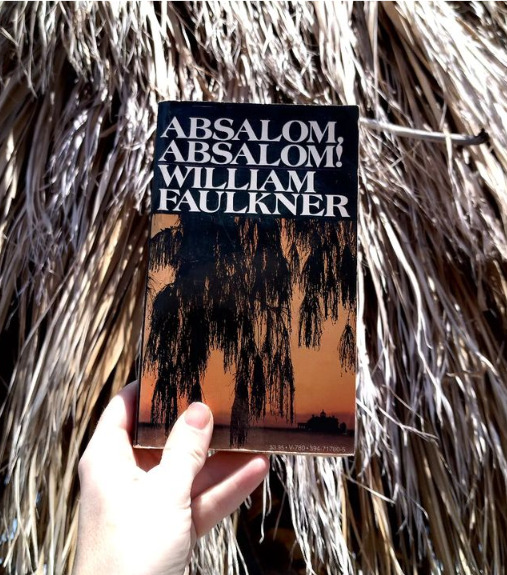

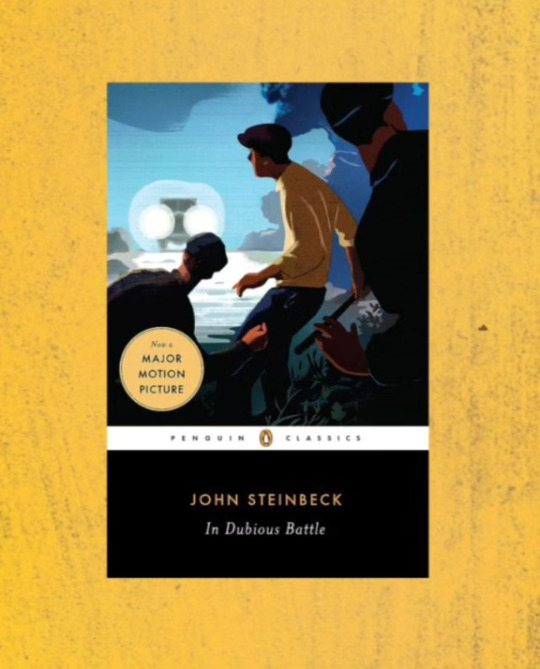
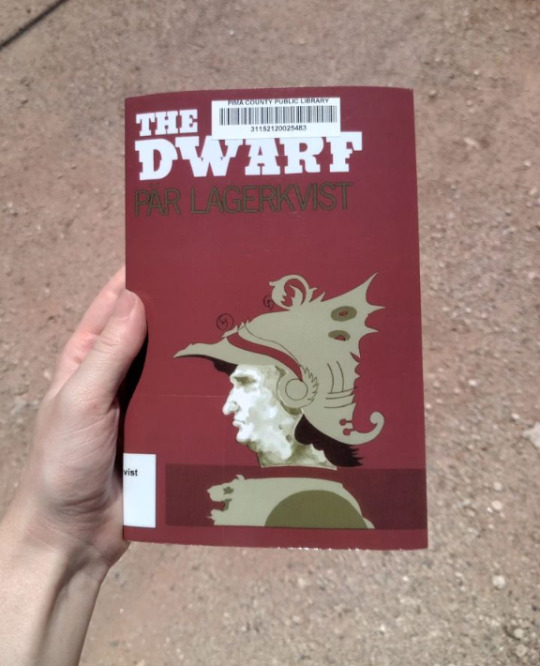
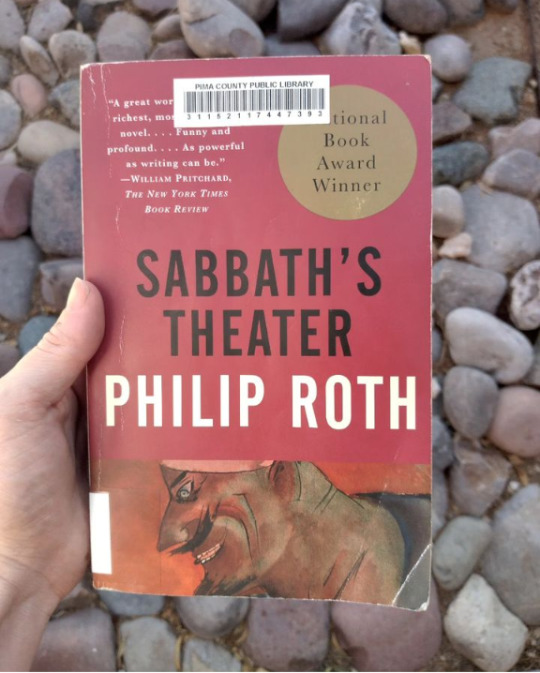



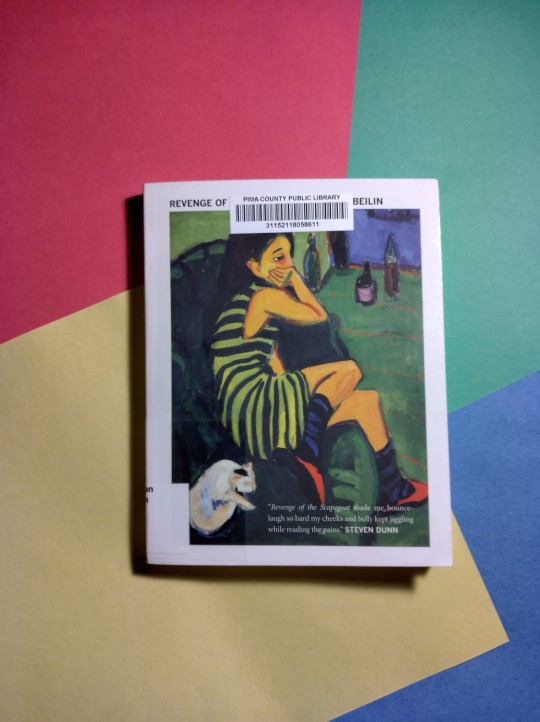
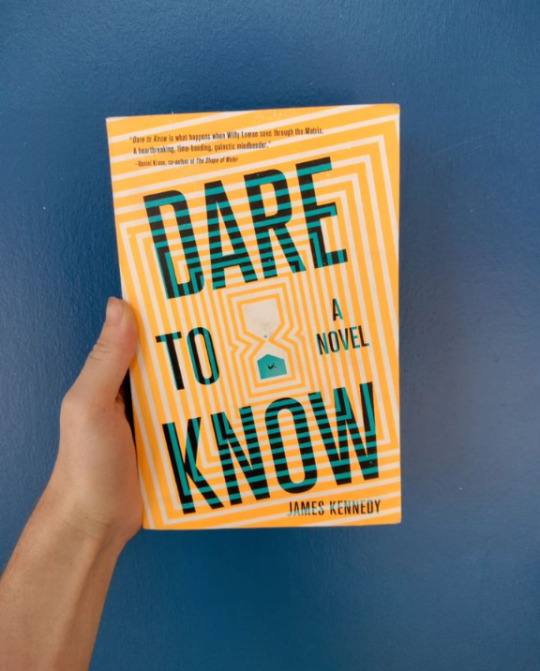
Books 41-50 of 2023 📚!
#read in 2023#william faulkner#john steinbeck#steven wright#alejandro jodorowsky#par lagerkvist#louis sullivan#philip roth#barbara kingsolver#karen beilin#james kennedy#talks
8 notes
·
View notes
Text




Louis Sullivan elevator grille, balusters and ventilation covers
St. Louis Art Museum
6 notes
·
View notes
Text
The big downtown Target on State Street in Chicago has all these tiny Louis Sullivan details if you know where to look

3 notes
·
View notes
Text

Union Trust Building
St Louis, MO
Built 1892. Louis Sullivan architect.
#architecture#stlouis#saintlouis#missouri#building#city#cityscape#urban#street#photography#photographersontumblr#original#photographers#fuji#fujixt5#fujifilm#fujixseries#fujix#color#louis sullivan#architecture photography
16 notes
·
View notes
Text
And so it goes, once again, I took it upon myself to make a proper copy. So if you're interested, you can download it here:
From Female to Male by Louis Sullivan (EPUB – 32MB)
Enjoy!

Gay transgender activist Lou Sullivan spent years researching the life of Jack Garland, an obscure early 20th century transgender man who evidently loved men. He rifled though archived newspapers and letters in local libraries for any scrap relevant to Jack, and finally managed to get the completed novel published only very shortly before his death by AIDS in 1990. The book made a single run from a now-defunct publishing company, so a very limited number of copies of the book exist today. Approximately 30 libraries carry it across the US and certain sellers have another handful of copies available for upwards of $200+ each. However, I could afford to shell out that $200, and I think Lou would want his book to be accessible to the modern trans population. So I've bought a copy and scanned it and converted the pages into a PDF,
which is now public on google drive
and also Archive.org
14K notes
·
View notes